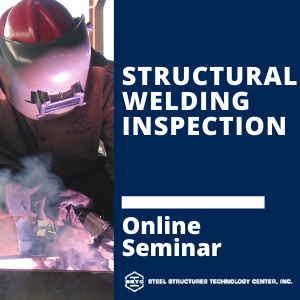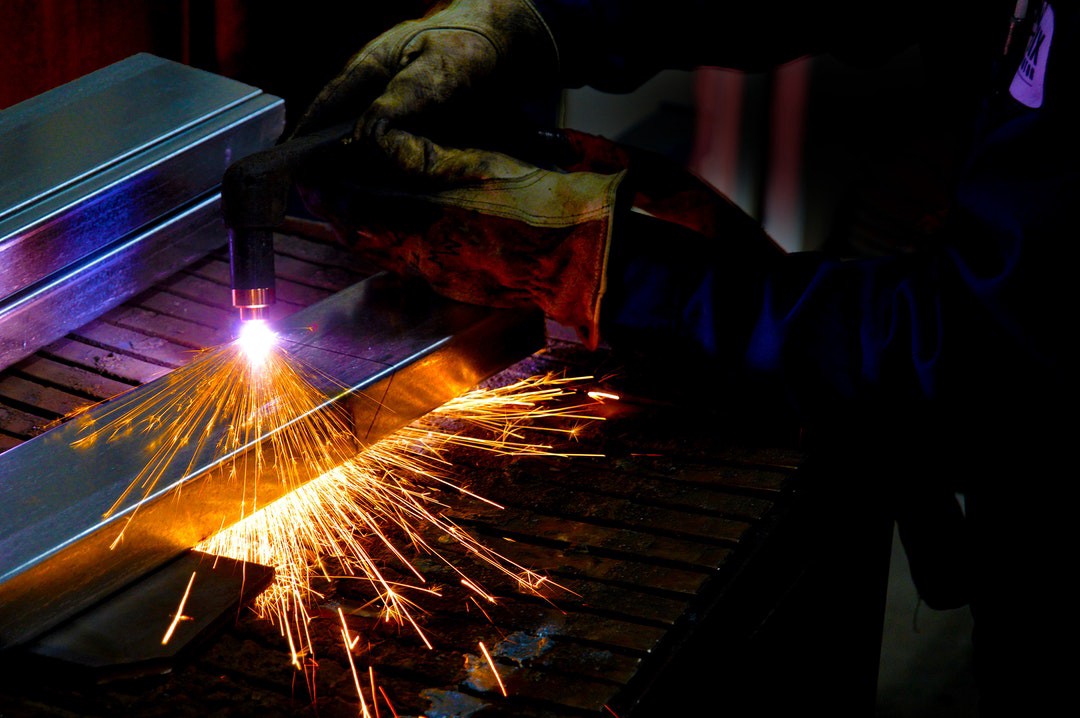Why You Need Specialist Welding Inspection Racine for Your Jobs
Why You Need Specialist Welding Inspection Racine for Your Jobs
Blog Article
Cutting-edge Strategies to Fillet Weld Examination and Screening: Enhancing Weld High Quality and Compliance Specifications
In the realm of welding, the high quality and honesty of fillet welds play an essential function in guaranteeing the architectural stability and reliability of different industrial parts. With the constant drive for boosted efficiency and conformity with stringent criteria, the expedition of cutting-edge strategies to fillet weld evaluation and screening has come to be vital.

Advanced Non-Destructive Testing Approaches
Making use of advanced innovations, advanced non-destructive screening approaches play a critical function in guaranteeing the integrity and quality of fillet welds. These approaches, such as phased range ultrasonic testing (PAUT) and magnetic fragment testing (MPT), deal in-depth insights into the weld's interior structure without creating any type of damages to the product. PAUT, as an example, uses multiple ultrasonic components to evaluate the weld from different angles, providing an extensive visualization of potential flaws like lack of blend or cracks.
Likewise, MPT works in identifying surface-breaking flaws by applying an electromagnetic field and iron particles to the weld location. This approach is specifically helpful for recognizing stoppages that may compromise the weld's toughness. By utilizing these sophisticated non-destructive testing techniques, weld assessors can properly assess the quality of fillet welds, guaranteeing compliance with industry criteria and policies. The capacity to find defects beforehand not only boosts weld high quality however additionally prevents costly rework or failings in architectural stability, highlighting the relevance of these cutting-edge screening approaches in welding evaluations.
Robotics and Automation in Examination
The combination of robotics and automation has transformed the evaluation procedure for fillet welds, improving performance and accuracy in high quality analysis. Robotics use exact control and repeatability in checking welds, guaranteeing dependable and regular outcomes. Automated systems can be configured to follow details assessment paths, ensuring detailed protection of welds and reducing the danger of human mistake.
Robot examination systems equipped with innovative sensing units can discover and determine weld functions with high accuracy, giving detailed information for analysis. These systems can recognize problems such as splits, absence of fusion, and porosity, enabling punctual corrective activities to be taken. Additionally, robotics and automation permit real-time information collection and analysis, giving instant comments to drivers and assisting in fast decision-making processes.
Furthermore, the usage of robotics and automation in fillet weld assessment improves general performance by lowering inspection times and enhancing examination throughput. By streamlining the assessment process, manufacturers can make sure weld top quality and compliance requirements are satisfied successfully, ultimately causing set you back financial savings and enhanced product high quality.
Using Artificial Knowledge for Evaluation
Artificial knowledge plays a crucial duty in enhancing the efficiency and precision of analysis in fillet weld assessment procedures. AI algorithms can swiftly process vast amounts of information from weld assessments, discovering flaws or inconsistencies that may be challenging to identify with the nude eye.
In addition, AI systems can find out from previous inspection information, constantly improving their ability to determine possible defects and inconsistencies in fillet welds. This adaptive learning ability boosts the general quality control process, reducing the chance of human error and guaranteeing that welds meet the called for requirements. By integrating fabricated intelligence right why not try this out into fillet weld analysis, industries can attain higher degrees of performance, consistency, and conformity in their evaluation techniques.
Portable Tools for On-Site Inspection
Enhancing area examination effectiveness, the fostering of mobile tools changes on-site evaluation processes for fillet welds. These tools provide versatility and ease, allowing inspectors to perform thorough evaluations in numerous places, including remote or challenging settings. Mobile devices such as ultrasonic testing gadgets, magnetic fragment evaluation tools, and electronic radiography systems provide real-time data and high-resolution imaging abilities, making it possible for fast decision-making and immediate comments on weld high quality.
One substantial benefit of mobile tools is their ability to improve assessment treatments, reducing downtime and enhancing general efficiency. Inspectors can quickly deliver these tools to different task websites, removing the demand for transporting heavy machinery or components to off-site facilities. Furthermore, the mobility of these devices promotes cost-effectiveness by decreasing transport expenditures and increasing examination timelines.
Furthermore, using mobile tools for on-site evaluation promotes aggressive quality assurance actions, as inspectors can immediately determine and deal with any possible useful site welding issues or disparities. By including these ingenious modern technologies right into on-site examination methods, welding experts can go to my site guarantee compliance with sector criteria and improve weld high quality, ultimately leading to boosted architectural stability and safety in numerous welding applications.

Assimilation of Information Monitoring Equipment
Having actually enhanced on-site assessment processes through the use of portable devices, the following phase involves the smooth integration of data administration systems to even more boost efficiency and data evaluation capabilities in fillet weld assessment and testing. By incorporating data monitoring systems right into the evaluation process, companies can enhance data collection, storage space, and analysis. This integration enables real-time surveillance of weld high quality, instant identification of defects, and punctual decision-making to remedy any type of issues that might emerge throughout the evaluation process.
Data monitoring systems play a critical function in systematizing examination data, facilitating simple access for accredited personnel, and making certain data honesty and safety and security. Through the combination of these systems, inspectors can produce comprehensive reports, track historic data for pattern evaluation, and improve general process effectiveness. The integration of information administration systems allows smooth interaction in between different stakeholders included in the assessment procedure, fostering partnership and improving total top quality control actions. Ultimately, the integration of data administration systems offers to raise the standards of fillet weld inspection and testing, making sure conformity with sector regulations and enhancing weld high quality.
Final Thought
Finally, cutting-edge approaches to fillet weld evaluation and testing have significantly enhanced weld top quality and conformity requirements. Advanced non-destructive testing methods, robotics, automation, synthetic intelligence, mobile devices, and data management systems have actually reinvented the method weld inspections are performed. By making use of these modern technologies, sectors can ensure that welds fulfill the called for top quality requirements and laws, inevitably enhancing overall performance and security in welding processes.
By using these sophisticated non-destructive testing methods, weld assessors can precisely evaluate the quality of fillet welds, making certain compliance with sector requirements and regulations - Welding Inspection Racine. Mobile tools such as ultrasonic screening gadgets, magnetic particle assessment equipment, and electronic radiography systems offer real-time information and high-resolution imaging abilities, making it possible for quick decision-making and prompt comments on weld top quality
Having maximized on-site evaluation procedures through the use of portable tools, the following phase includes the smooth integration of data administration systems to better enhance effectiveness and information analysis abilities in fillet weld assessment and screening. Inevitably, the integration of data administration systems offers to boost the criteria of fillet weld inspection and testing, ensuring conformity with sector regulations and improving weld top quality.
In verdict, innovative techniques to fillet weld inspection and testing have dramatically boosted weld top quality and compliance requirements. (Welding Inspection Racine)
Report this page